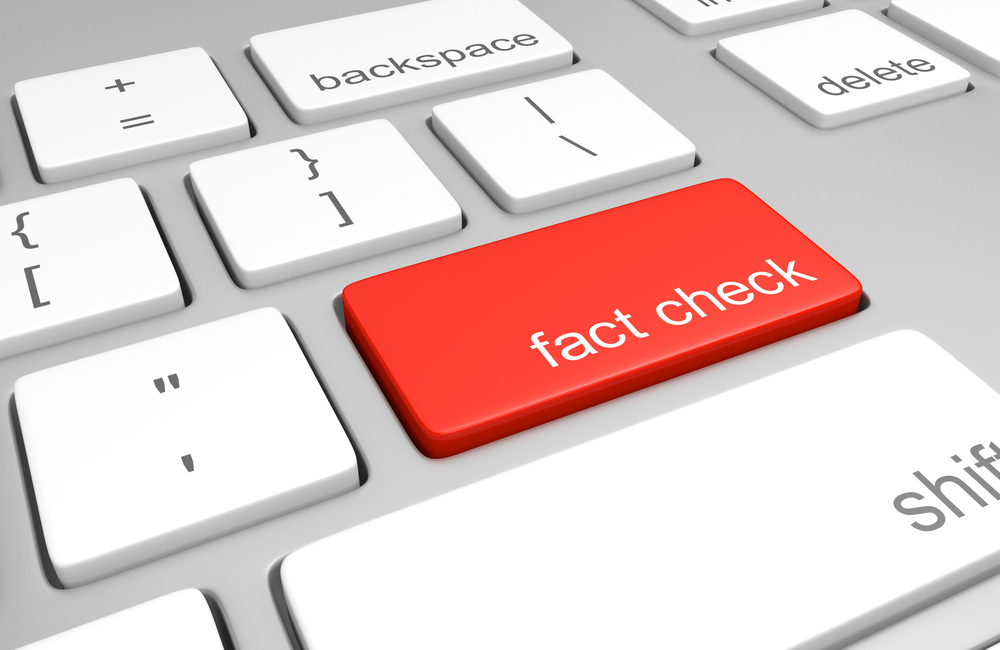In a previous post, we discussed the challenges faced by online researchers. Whether they are journalists, company employees, or simply curious people, it is easy for researchers to be misled by false information or simply inaccurate data presented by seemingly reputable and reliable sources.

For journalists, this could mean publishing incorrect information, damaging the reputation of the journalists and the publication. For a business, it could mean basing crucial decisions on flawed, biased, or inaccurate information.
In this post, we discuss some strategies for avoiding the trap of relying on false, misleading, and incorrect information.
Generally Reliable Sources
Some sources should generally be considered reliable. These include sites like the U.S. Bureau of Labor and Statistics, a federal government source of workforce data. In general, sites ending in “.gov” are credible sources of information. Sites ending in “.edu” are frequently, but not necessarily always, as reliable.
As the University of Georgia’s article “Evaluating Internet Information” states, information from educational institutions can generally be considered credible. But it also cautions that students’ personal websites, which might also contain a .edu domain, are not monitored and may not be reliable.
Sites ending in “.org” typically belong to nonprofit organizations like the American Red Cross or Public Broadcasting System (PBS). These are generally credible; however, it’s important to be aware of nonprofit organizations that may have their own agendas that may influence the slant with which they present information, if not the information itself.
Sourcing
A great way to verify the reliability of a source is to see what authority it bases its information on. This could be a research paper, government data, or an interview with an expert, for example.
References could be identified with internal citations, footnotes or endnotes, or hyperlinks to external sites. If the source doesn’t have references, or if those references can’t be verified (i.e., broken hyperlinks), that should be a red flag and call into question the reliability of the information.
Authorship
Who is the author of the information? Is it an individual or an organization? Is no author listed at all? What is the source of the person’s or organization’s authority? Could the author potentially have biases or an agenda?
Recency
Even though information was accurate 10 years ago, that doesn’t mean it’s still accurate today. For instance, how reliable is gross domestic product (GDP) data from 2005 or population data from 2000?
Comparisons and Fact Checking
Finally, it never hurts to double-check the data from any source. If they are accurate, there’s a good chance they can be verified somewhere else. Webwise suggests using the following list of fact-checking sites:
Fact-checking sites:
Snopes: snopes.com/
PolitiFact: politifact.com
Fact Check: factcheck.org/
BBC Reality Check: bbc.com/news/reality-check
Channel 4 Fact Check: channel4.com/news/factcheck
Reverse image search from Google: google.com/reverse-image-search
Our modern economy thrives on information. Unfortunately, it’s possible for virtually anyone to put information on the Web that appears to be credible and authoritative.
Understanding where to go for reliable information can help employees be far more efficient and effective in research tasks and ensure the decisions they make are sound.
